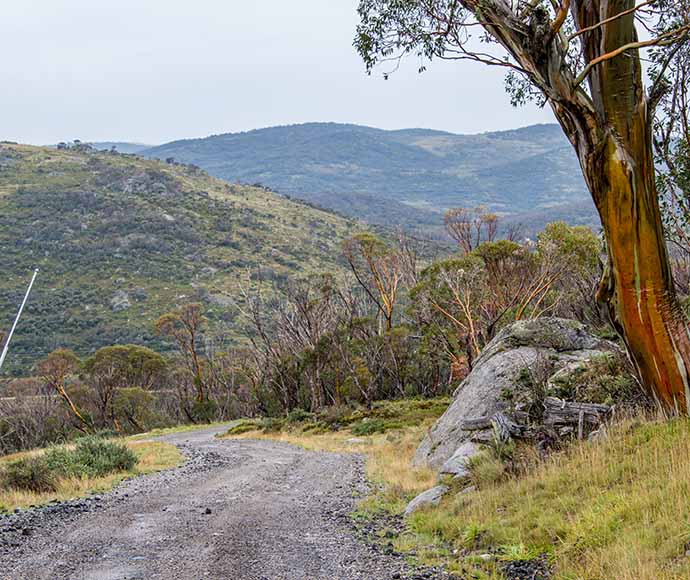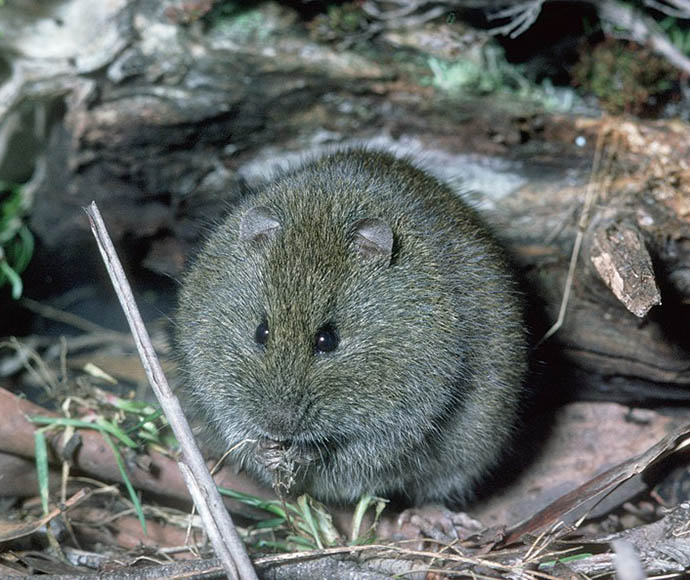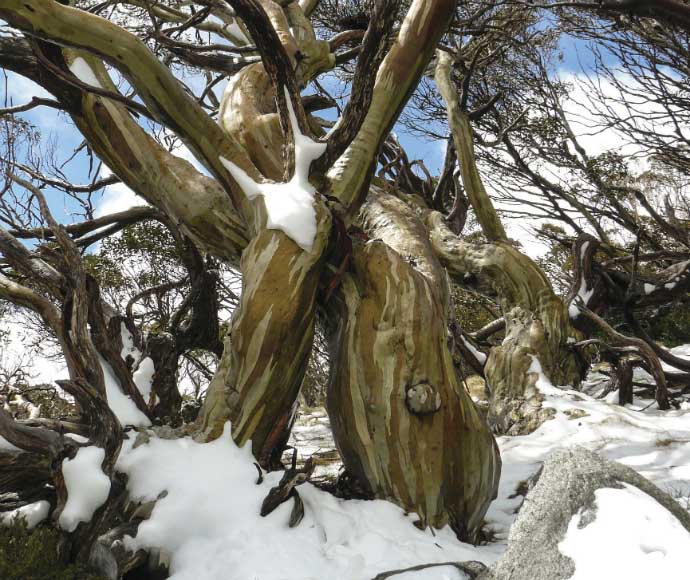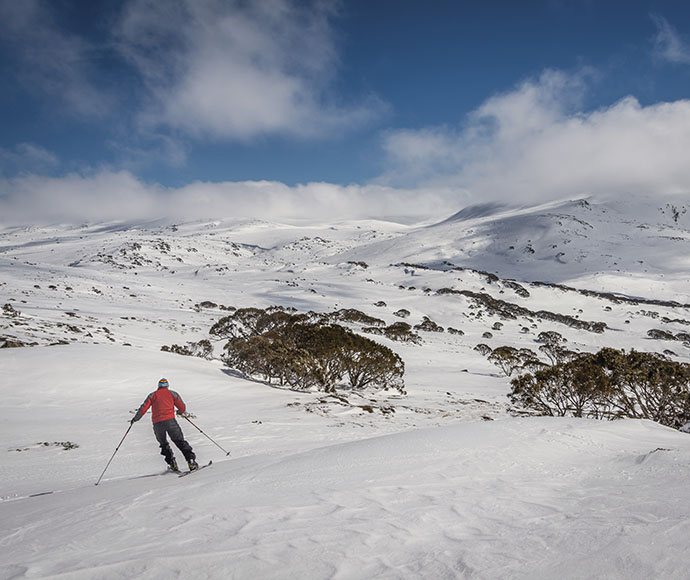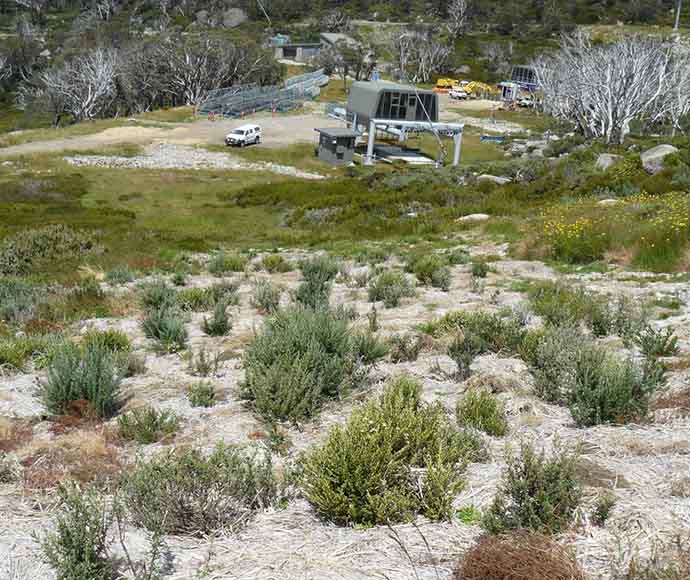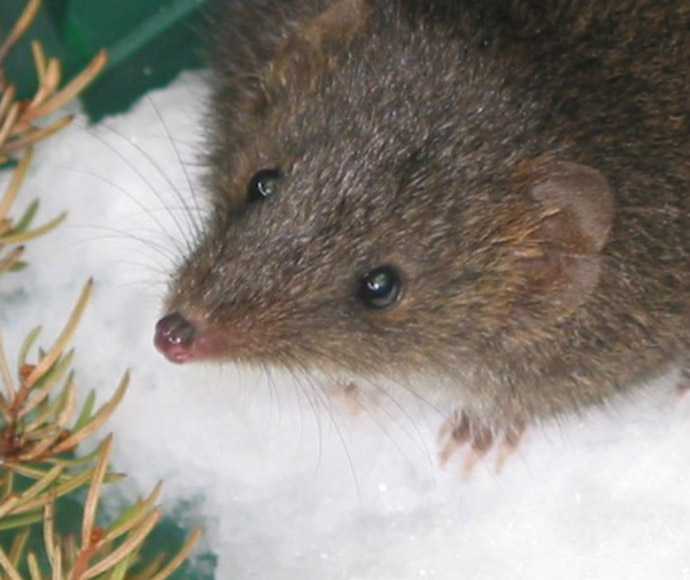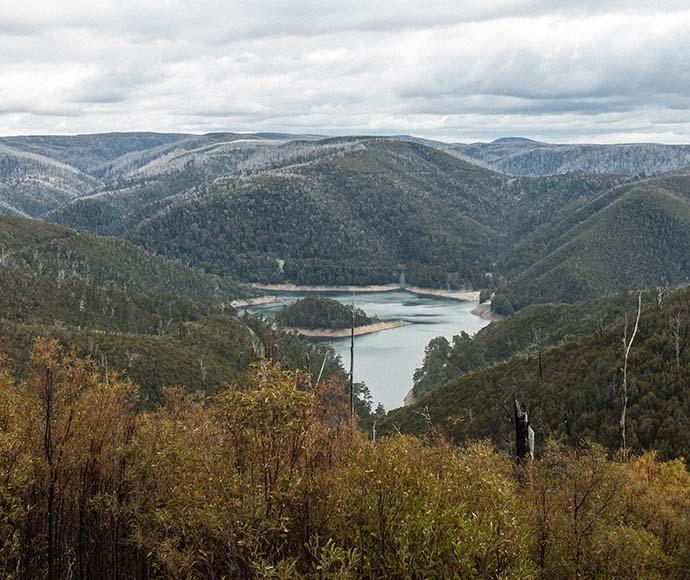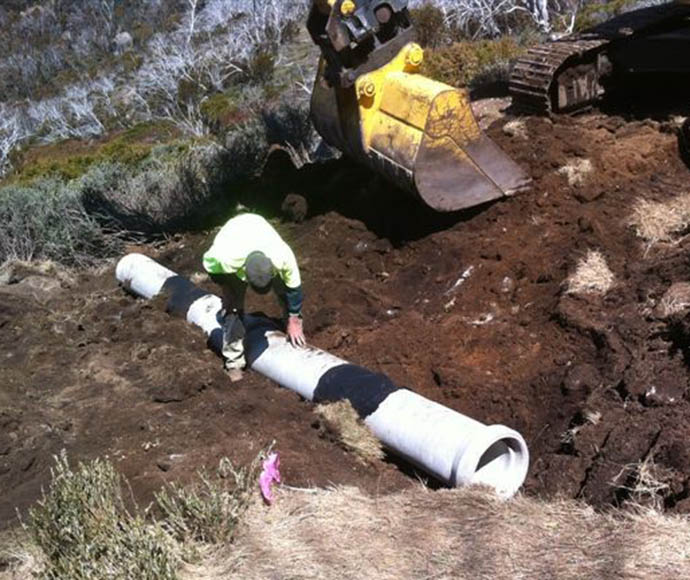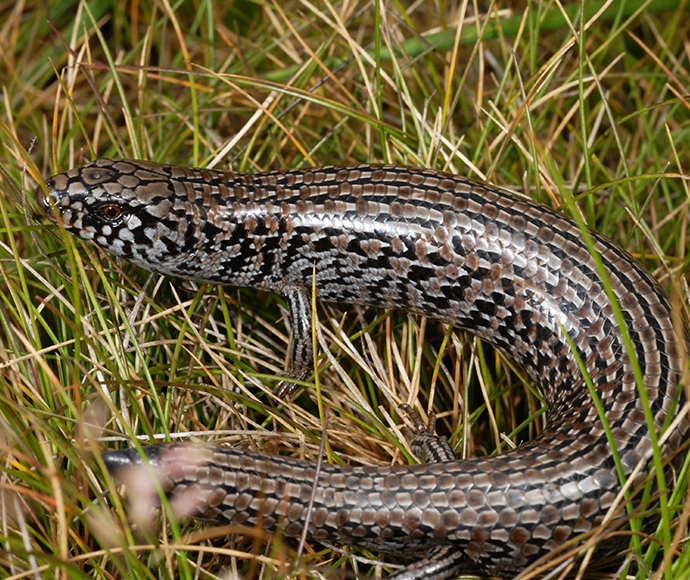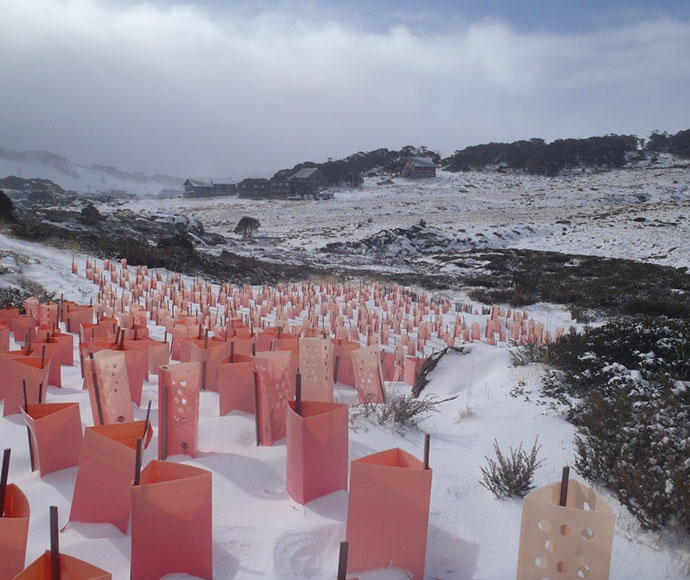Kosciuszko National Park is home to the NSW alpine resorts Perisher, Thredbo, Charlotte Pass Snow Resort and Selwyn Snowfields, which are popular winter destinations.
The resorts are operated by private organisations under a system of leases granted by the Minister for the Environment under the NSW National Parks and Wildlife Act 1974.
The Kosciuszko National Park Plan of Management guides the management of the park, including the alpine resort areas.
What we do
The National Parks and Wildlife Service (NPWS) is responsible for:
- administration and compliance of the leases and strategic policy development
- providing municipal services for the Perisher Range Resorts
- working with businesses and lodge owners to ensure sustainable practices and promote resort events
- carrying out environmental awareness campaigns including litter reduction, cohabitation of small mammals and 'waterwise' resorts
- ensuring high standards of public health, including food handling, drinking water and the management of pools and spas
- implementing environmental management systems and administering the Perisher Range Resorts Environmental Management System (PRREMS)
- monitoring environmental impacts on threatened species, endangered ecological communities and alpine streams
- reducing impacts by ensuring weed and pest animal control, rigorous development assessment and rehabilitation of disturbed areas.
All developments within the resort areas must undergo environmental assessment as part of the development application determined by the Department of Planning, Housing and Infrastructure in consultation with NPWS. The service can provide advice and assistance in the pre-lodgement stage of any development proposal.
For a list of all development assessments in alpine resorts, visit NSW major project assessments.
Visiting Kosciuszko
Find out more about visiting Kosciuszko National Park for snow sports and mountain biking, camping or cave tours, hiking, history and horse riding, or where to stay.
Resort round-up newsletter
Read our Resort round-up newsletters to keep up with activities and events within the resorts of Kosciuszko National Park:
Alpine resorts contacts
Snowy Region Visitor Centre
49 Kosciuszko Road
Jindabyne NSW 2627
Phone: 02 6450 5600
Email: [email protected]
Website: Snowy Region Visitor Centre
Contact hours: 8:30 am – 5 pm daily
Resorts environmental management
Phone: 02 6450 5666
Email: [email protected]
Perisher Valley office
NPWS Building
9914 Kosciuszko Road
Perisher Valley NSW 2624
Phone: 02 6457 4444
Email: [email protected]
Website: Perisher Valley office
Contact hours
Winter:
- Monday to Friday 8 am – 4 pm
- Saturday and Sunday 8 am – 12 pm and 1 – 4 pm
Summer:
- Monday to Friday 8 am – 12 pm and 1 – 4 pm
- Saturday and Sunday – closed
Perisher after-hours emergencies
Phone: 1800 629 104
